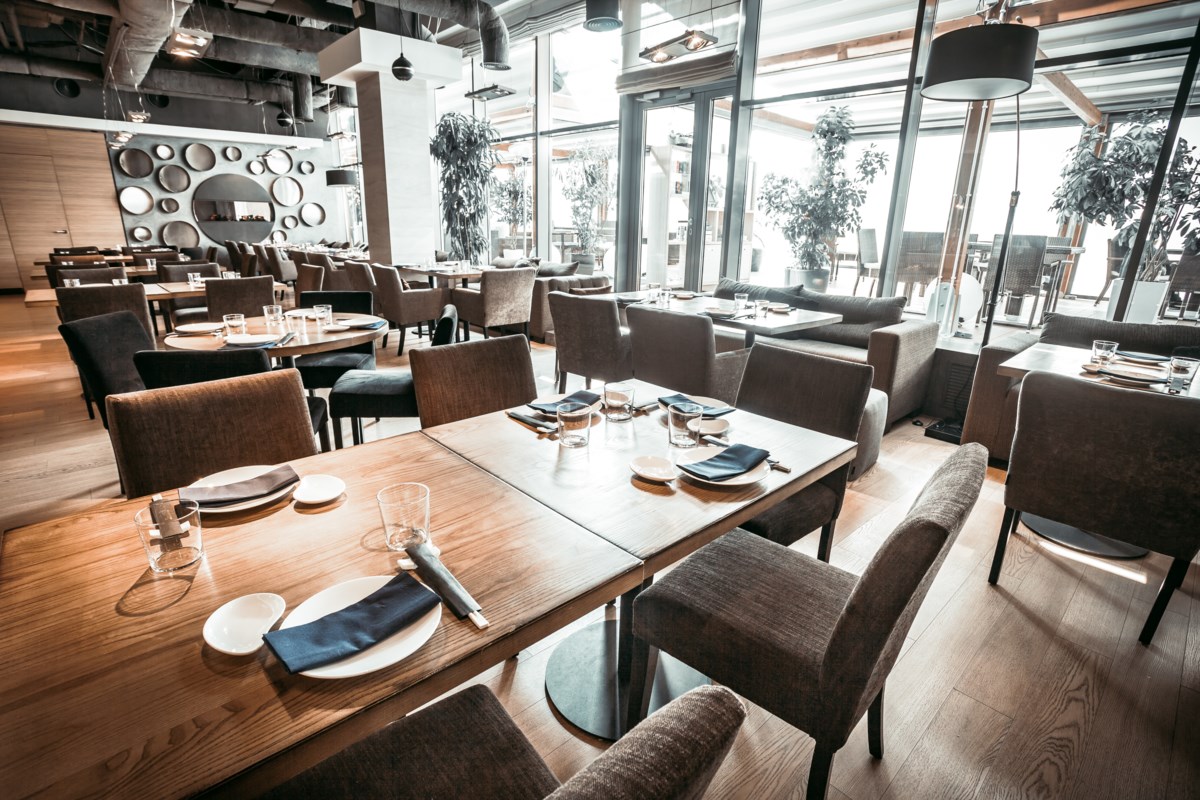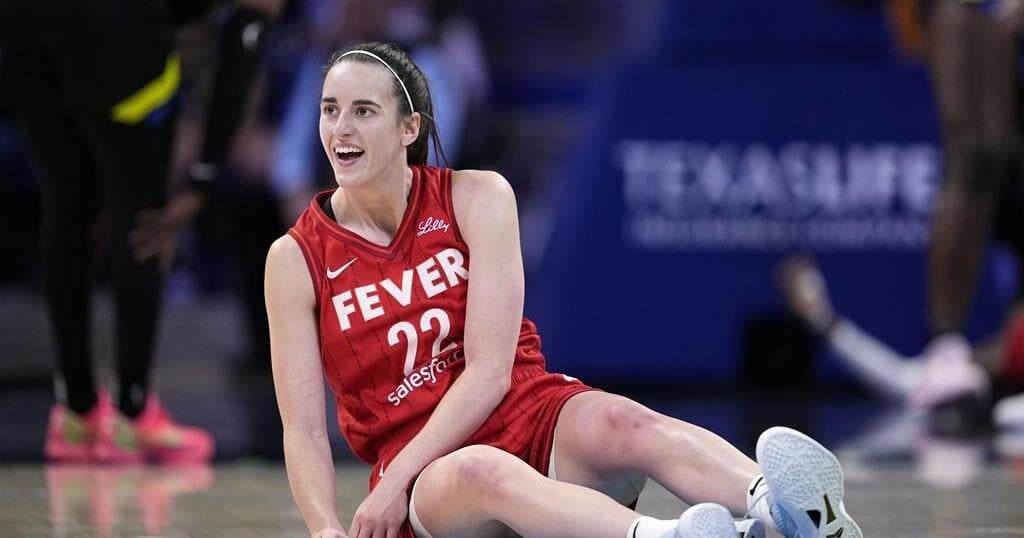BRANDON, Mississippi (AP) — The month of August means the start of high school football in many parts of the country. But it’s one of the hottest and, sometimes, most humid times of the year. And it’s only getting worse with climate change.
That makes it a dangerous time for players to put on the pads and this year has been especially deadly on several practice fields. Since July, five players have died of suspected heat-related illnesses, including 14-year-old Semaj Wilkins, who collapsed during drills last month at his Alabama high school practice.
Here are some takeaways from AP’s reporting on high school football and the hazards of heat:
Heat-related illness has always been a risk with football
Fifty-eight players have died from exertional heatstroke between 1992 and 2024, according to the Korey Stringer Institute at the University of Connecticut, and thousands more are sickened each year. This summer has been especially bad, with five high school players dying since July of suspected heat-related illnesses
Football players are more vulnerable because they wear heavy equipment that traps heat and often have bigger bodies that produce more heat, especially offensive and defensive lineman who can weigh more than 300 pounds. They also may not be used to working out in summer conditions, and they sometimes play on artificial turf that increases the heat.
Another driver of these deaths is the culture of football, where coaches have long drilled into players the idea of playing through pain and pushing through adversity. That’s starting to change, but too many high schools still lack necessary equipment and protocols that experts say can reduce heat-related illnesses and prevent deaths.
One study found that high school football players are 11 times more likely to suffer heat illnesses than all other sports combined.
State regulations slow to protect players
Most heat-related illnesses are preventable but only if the right policies are followed by coaches. Too many states lack policies that lay out guidelines and protocols for preventing heat-related illnesses.
Only a quarter of states have comprehensive heat acclimatization policies, which regulate rest periods, phasing in of equipment and numbers of training sessions a day. Only a quarter have polices requiring the use of wet-bulb globe temperature — considered the best way to measure heat stress since it includes ambient air temperature, humidity, direct sunlight and wind — to determine whether it’s too hot to practice.
Less than a third of states require cold water immersion tubs on site — one of the best ways to treat a player suffering heat illness.
Georgia among states showing what’s possible
The best policies, like those in Georgia, Louisiana, New Jersey and New Hampshire, include heat acclimatization guidance, weather-based modifications, availability of cold water immersion tubs and protocol for treating heat illness including cooling a player before taking them to the hospital.
The impact of Louisiana’s policy was on display as practice intensified in parts of the state in late August.
Players crowded around a water station to drink and cool down as temperatures reached into the 90s (32 to 38 Celsius). A team of athletic trainers, including Armand Daigle, monitored a wet-bulb globe temperature gauge. Players could also dunk their elbows into ice chests and Daigle wiped their necks with cold towels.
“Once we get into July, August, September, the hottest times of year, we have to go about as safely as we possibly can in terms of our athletes and making sure that we can make decisions upon how long we practice, if we do practice, how long we break to make sure that they regain the appropriate amount of recovery they need,” Daigle said. “If it’s too hot, we have to say, hey, let’s cut a practice short that day. Coaches are all on board.”
About 12 miles (19 kilometers) away at Baker High School in Baker, Coach James Dartez has fewer resources but much the same attitude about safety.
The district lacks funding for an athletic trainer and Dartez relies on a table full of water coolers to help players beat the heat. But since taking over as coach last year, Dartez began using a wet-bulb globe temperature, instituted regular water breaks and says that if a player “tells me that he’s not feeling well, he’s lightheaded, we send him straight inside.”
“I love football and I know what football has done for me, but I love my kids way more than this game,” said Dartez, speaking on a day when lightning postponed practice. “I will never compromise the health and safety of one of my players.”
___
The Associated Press receives support from the Walton Family Foundation for coverage of water and environmental policy. The AP is solely responsible for all content. For all of AP’s environmental coverage, visit
























